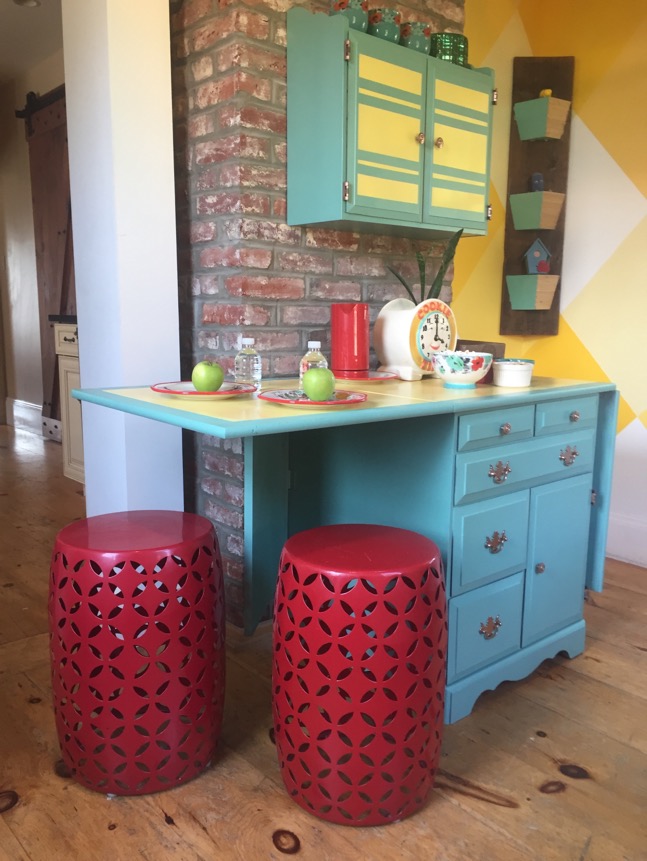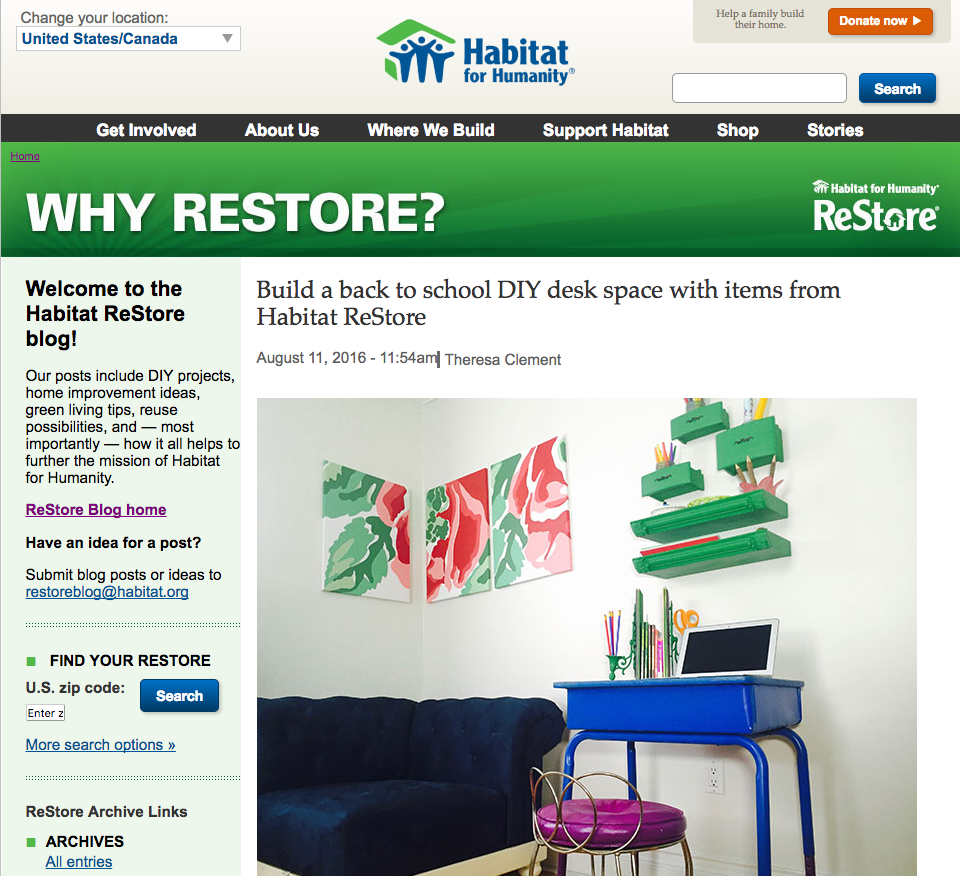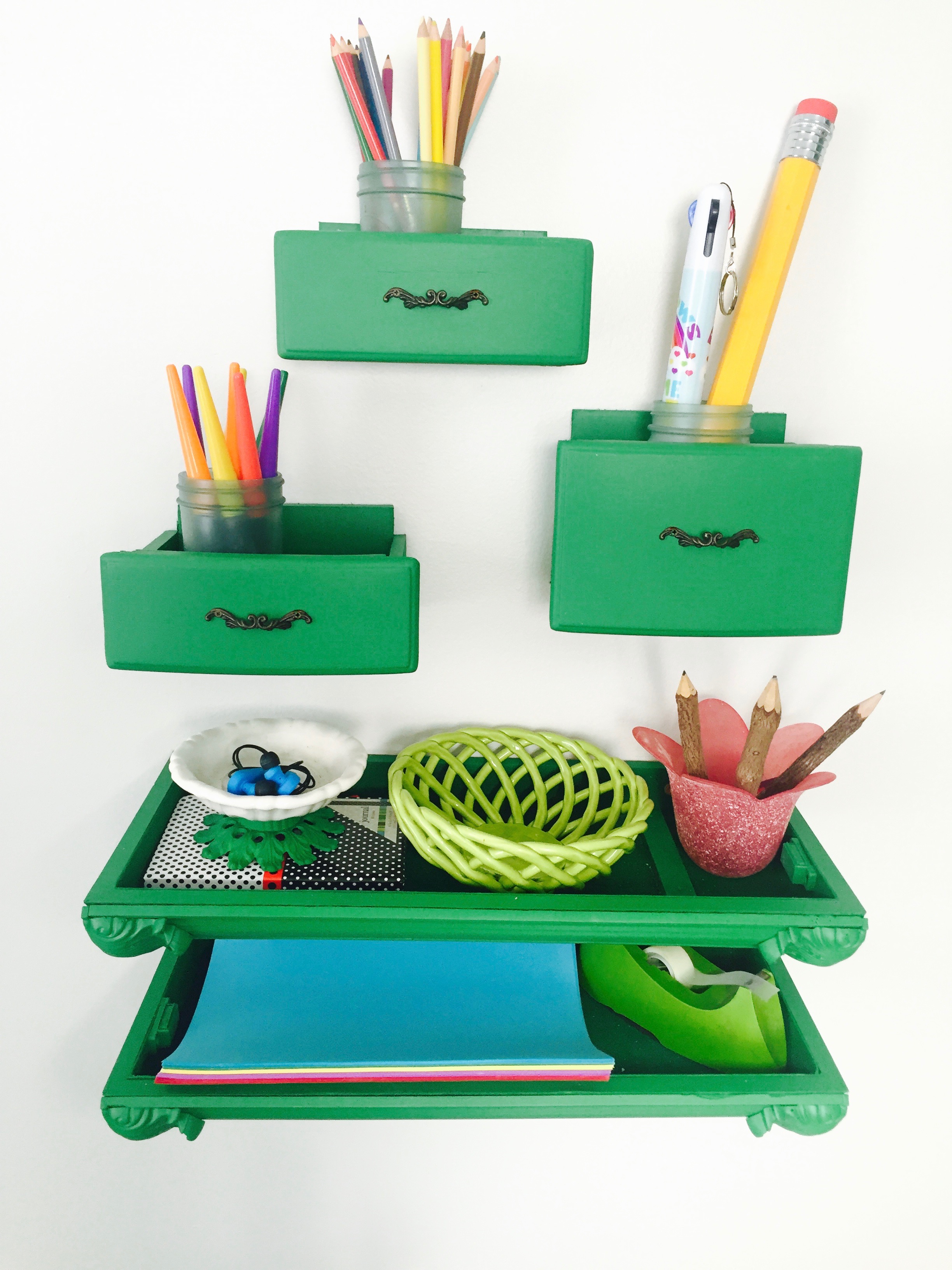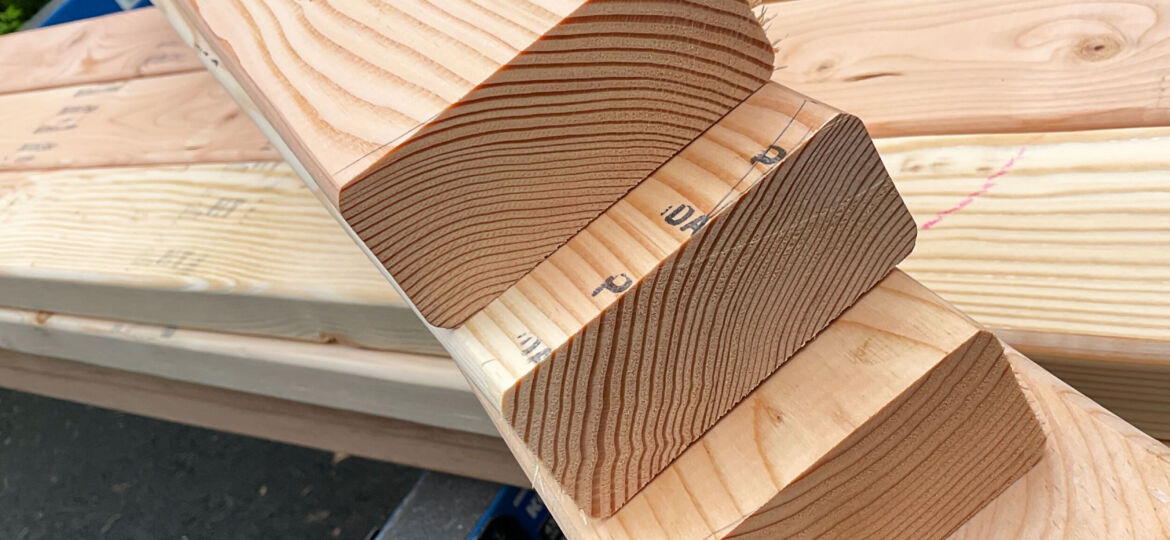
Frustration with shortages of building product supplies continues among building professionals amidst rising demands for new houses, remodeling projects, and home furnishings.
The growing demand for new homes and renovations hasn’t paused or stopped, putting increasing strain on the building supply shortages. With the decrease in available supply, some building pros are trying to turn to alternative products to keep building schedules on time. Others just have to face delays in projects and paychecks.
Table of contents
- What are the shortages in building supplies?
- How do the building supply shortages affect you?
- Why is the demand for building products increasing?
- What do experts say will happen with building product demand?
- What may be the silver linings to the building product shortage?
- How have the shortages in home supplies affected us?
What are the shortages in building supplies?
Building professionals are reporting shortages in a range of materials. More than 90 percent of builders surveyed by NAHB said there is a shortage of appliances and 87 percent report a shortage of windows and doors. Steel beams, insulation, roofing, vinyl siding, copper wiring, and plumbing fixtures are in short supply for more than half surveyed.
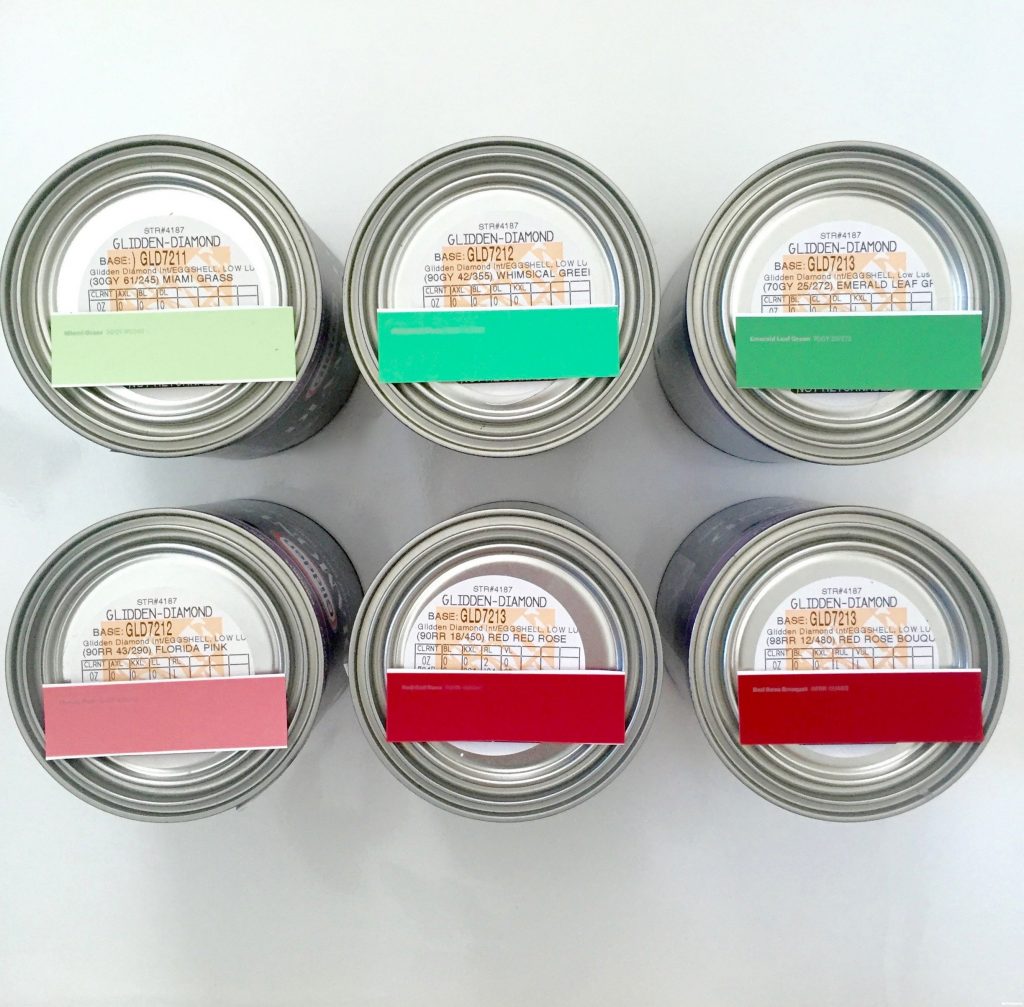


Paint is also on the difficult-to-get list. The severe cold weather in Texas in February 2021 damaged the key ingredients made at chemical processing plants, affecting both interior and exterior paint. If you are looking for an eco-friendlier alternative, some Habitat for Humanity ReStores resell unused paint, and some paint stores sell unopened cans of paint that customers returned.
Foam and lumber shortages are making it tough to get sofas and other furniture delivered in less than six or nine months. Another shortage on the way may be tools during the holidays, due to transportation delays.
How do the building supply shortages affect you?
If you want to move, remodel, or just update furnishings, chances are you’ve encountered some decreased availability or long lead times. It can be tough to schedule and plan any home project, whether it’s DIY or done by a pro.
The decreased supply has affected prices, too. The cost of steel mill products rose about 60 percent in the first half of 2021. And it has risen more than 75 percent since May 2020. Siding products, asphalt, and tar roofing costs have grown by 15 percent.
An increase in lumber prices and building product prices usually means the total cost of a home project is way higher than it used to be. Just looking at the effect of increased lumber prices alone, there has been an increase in the price of a new single-family homes by about $36,000, according to the NAHB.
While the price increase is tough for home buyers, three of the biggest national home builders are reaping the rewards. In the first few months of 2021, Toll Brothers reported a 21 percent increase in home sale revenues, PulteGroup reported 17.1 percent growth in year-over-year home sale revenues, and D.R. Horton’s revenues increased by 43.3 percent.
Homeowners do have some choice to keep costs under control. They can look for alternatives that are available, or they can modify or delay the project. With a delay, a hope would be that prices will settle down and more pros will be available.
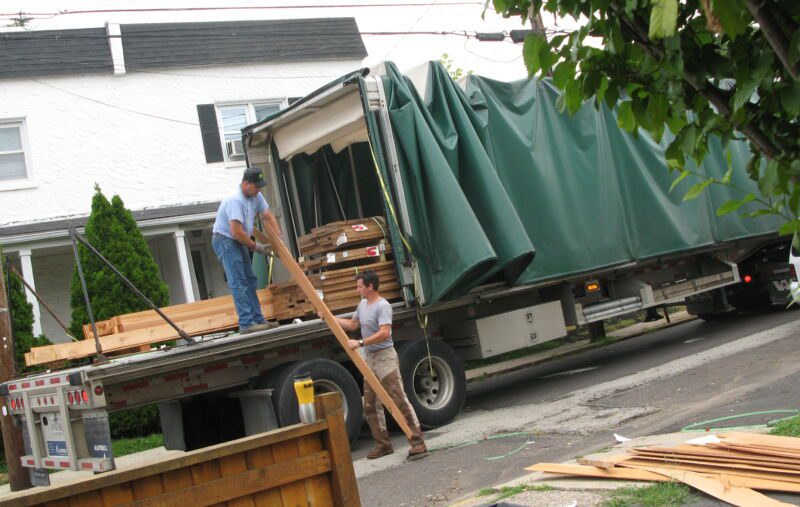


Why is the demand for building products increasing?
There’s been a growing demand for bigger homes and home improvement updates since the start of the pandemic. About 89 percent of homeowners improved their home during the pandemic, according to a recent survey from Bid-On-Equipment.
For many hopeful home buyers, it’s been a stressful time. Freddie Mac estimated a housing supply deficit of 3.8 million units in the United States in the fourth quarter of 2020. And, according to National Association of Realtors, the median sales price of existing homes rose about 19 percent from a year earlier to $341,600 in April 2021.
The low stock and higher prices creates a seller’s market. About 1 of every 3 home buyers weren’t able to find an affordable home. Almost half of active home buyers were outbid, according to a survey by the National Association of Home Builders (NAHB).
At the current rate of housing starts, NAHB says it will take years to bridge the deficit of desired housing. With the lack of enough skilled trades and the building supply shortages, it seems tough for the building industry to ramp up and meet the demands for new homes and remodeling projects.
What do experts say will happen with building product demand?
Experts expect the demand and building products market to continue to grow through 2025. By the end of 2021, the consumer building products market is expected to grow by 10.8 percent. The pro market forecast includes growth of 18.2 percent, according to the Home Improvement Research Institute.
While the building products market and demand has experienced exponential growth since the start of the COVID-19 pandemic, the predicted rates of expansion and demand are lower than the past year or two. Still, experts expect continued healthy amounts of growth.
In 2022, the forecast for the professional building products market is 7.1 percent growth. And, the forecast for the consumer market is 2.3 percent growth. By 2025, the consumer market is expected to grow by 2.3 percent. Plus, the professional market is expected to grow by 4.6 percent, according to the Home Improvement Research Institute.
Expected annual growth rate in the pro building product market from 2021 to 2025:
- Siding and exterior trim: 11%
- Gypsum & specialty boards: 9.5%
- Dimensional lumber & boards: 8.4%
- Roofing & supplies: 8.2%
- Doors & molding: 8%
- Kitchen & bath cabinets: 7.9%
- Major household appliances: 7.9%
(source: Home Improvement Research Institute)
What may be the silver linings to the building product shortage?
The demands on building products seems to be indicative of the American way of fast fashion. We like to acquire the latest fashions, technology, and creature comforts.
And I’m no stranger to the temptations of a Shein sale or an Amazon Prime Day. For many years, I’ve online shopped as a mental escape when I’m tired or stressed. Most of the time I just favorite items or create and abandon a shopping cart.
I’m hoping that the recent scarcity of furnishings and building products has helped other homeowners be more intentional about updating and discarding home items.
As a result, I’m hoping that the decrease in supply of building products motivates others to invest in furniture and fixtures that are locally made by craftspeople, that are more durable, and that have flexible or dual uses. Or maybe some will choose to seek out garage sales and Habitat for Humanity ReStore to find the items that are needed.
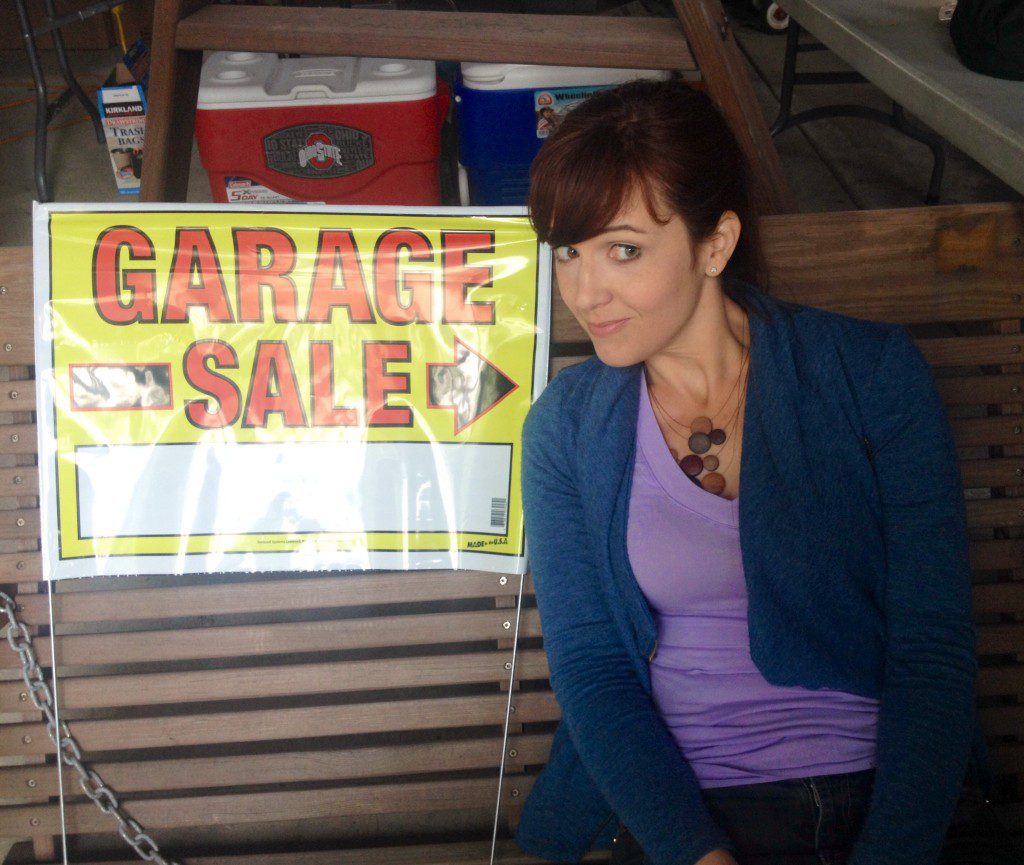


I’m also hoping that the seller’s market persuades home buyers to take another look at their current homes. Maybe an addition makes sense because of the house shortage. Renovating a basement, attic, or storage room into a habitable space or perhaps an accessory dwelling unit (ADU) like a hobby shed, tiny home, or home office would give homeowners the desired extra space.
How have the shortages in home supplies affected us?
My parents’ raised me with hand-me-downs and thrifty spending. And, Mark and I aren’t into carrying credit card debt or spending beyond our means. Life throws surprises that can be expensive at times. It feels good to be sort of ready for the unexpected.
So, I don’t update the furnishings and fixed features of our home very often. If something still works and can be cleaned, we keep using it. We may update items with fresh fabric or paint, but we aren’t into the fast fashion of home design.
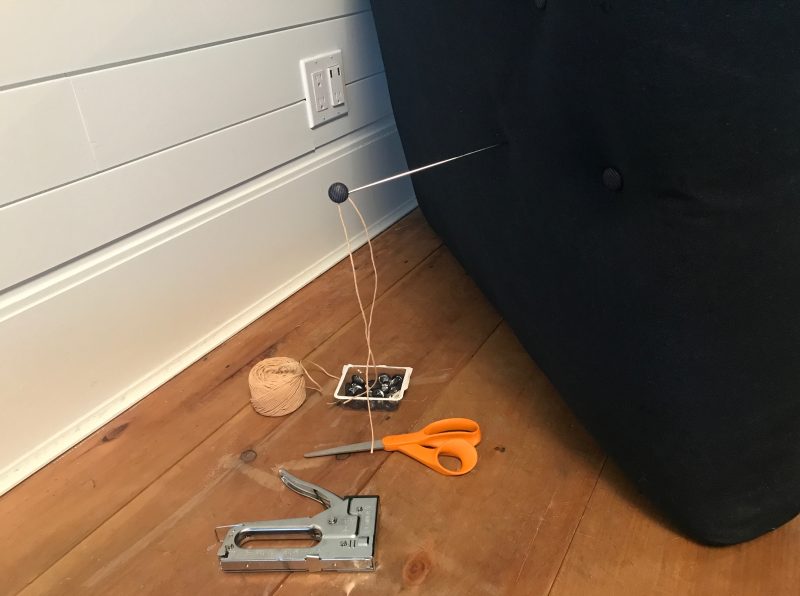


But, the lumber shortages and building supply shipping delays have affected remodeling projects. Mark has often called the lumber yard when it opens to check supply. He’s shown up within a hour of confirmation of materials being in stock, to discover someone else beat him to it.
So, what do you think about the current supply shortages and building product demands? How has it affected you? Send us a note or share a comment below.



